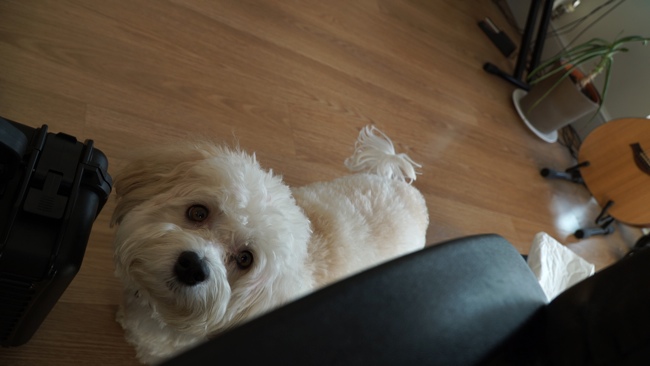
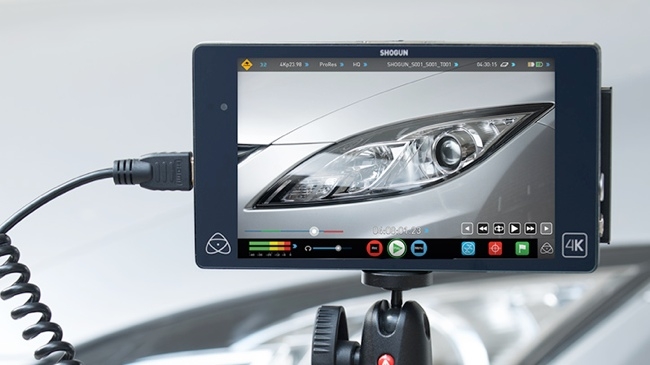 Atomos Shogun
Atomos Shogun
This isn't a review of the Atomos Shogun, but it's such an important product that we wanted to bring you as much information as soon as we could. Here's an update showing some early shots. The full review will follow shortly
RedShark's Atomos Shogun arrived just before Christmas, and, even though in Europe (as opposed to the US) we seem to take about a month off for the festive season, the time we thought we'd have in abundance to play with our new tech toys is rapidly evaporating.
So I thought I'd bring you a quick update on using the Shogun, prior to our main review, which will take a while longer.
It definitely works
The most important message so far is that the Shogun definitely works, in 4K, and does so without any real difficulty. Even though using an external recorder to capture 4K to ProRes is still pretty cutting edge (at least in equipment that doesn't need a second mortgage), I'm happy to report that it just worked, first time, without a glitch.
We had high expectations of this setup, and I'm happy to say they were all comfortably exeeded. This shouldn't have been a surprise, because apparently Sony and Atomos worked closely together as the A7S and the Shogun were developed.
Extremely sharp and bright downsampled image
The moment I found the right settings on the A7S (to output 4K through the HDMI connection) and connected the Micro HDMI output of the camera to the standard-sized HDMI input on the Shogun, the Melbourne-designed recorder locked onto the signal and displayed an extremely sharp and bright downsampled HD image on its 1920 x1080 screen.
I had set up an Atomos Master Caddy (Mk II - not compatible with Mk I, apparently) with an Angelbird 240GB SSD, and when I pressed the "Record" icon, it just recorded, direct into ProRes HQ 4K.
Remember that this is an I-Frame only codec so you're not going to get small file sizes - one 12 second clip came to over 800 MB (ie nearly a gigabyte), so your recording time is not exactly going to be infinite, but you'll still get nearly an hour on a 240GB SSD.
And the results? At first sight, really impressive. The A7S is already a good camera, with images downsampled from the full frame twelve megapixel sensor. Being able to capture these and record them direct to ProRes means that you're essentially getting the same (visual) quality as if you were recording uncompressed video.
In the limited time I had, I wanted to capture a scene that exhibited complexity, disorder and even chaos. So here it is: my desk.
Just to remind you - I personally don't see the point in putting up 4K moving images on Vimeo when they're used for quality evaluation - as opposed to the overall "look" - purposes. I much prefer to show a scaled image and then a 1:1 pixel crop, which reveals the actual quality of the image, subject only to JPEG compression.
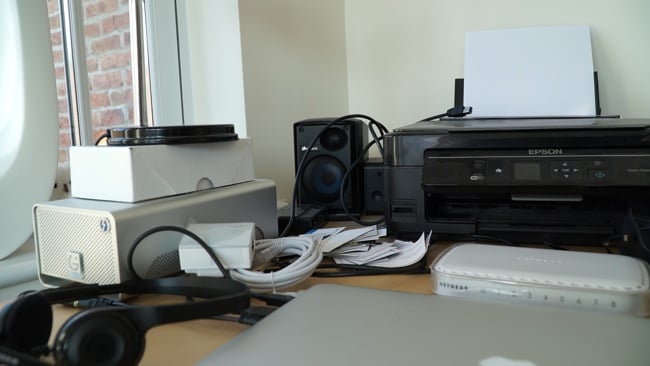
Full Frame from original 3840 x 2160 movie
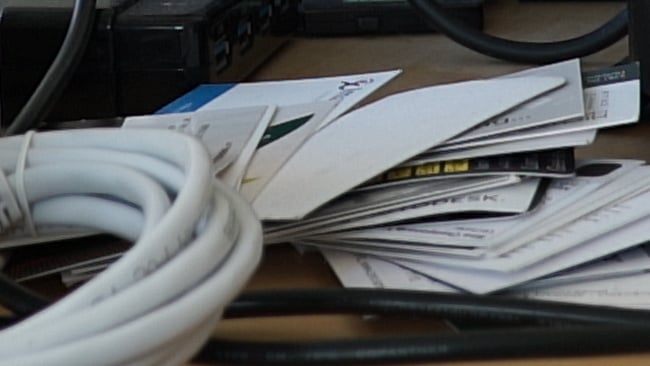
1:1 pixel crop
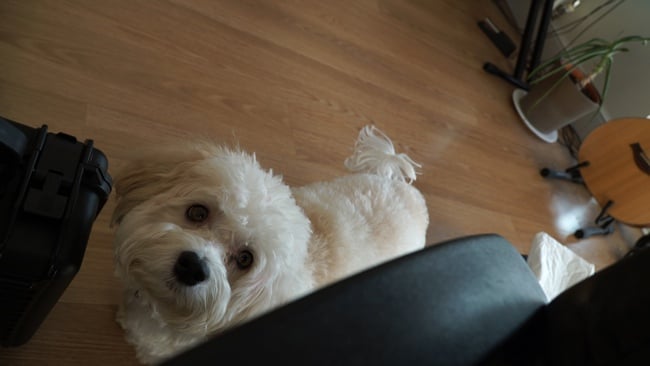
Full Frame from original 3840 x 2160 movie

1:1 pixel crop
What you gain from the Atomos method of working is possibly the quickest way to get easily editable 4K onto your timeline, in superb quality There are other ways, but they will involve higher compression, lower editing performance etc. And of course, if there are any imaging questions about your camera (rolling shutter for example) recording to ProRes isn't going to help.
The A7S has been criticised for not recording 4K internally, but while you do have to pay extra for a Shogun, you're also getting a great-looking external monitor/viewfinder.
As a combination, it's going to be hard to beat.
Tags: Production


Comments